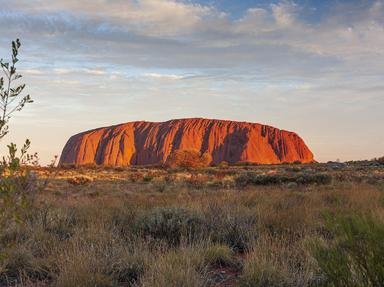Quiz Answer Key and Fun Facts
1. Australian decimal currency were released to the public on which notable day in 1966?
2. Which coin values, that were in the initial issue, were discontinued in 1990?
3. The 1966 fifty cent piece differs from all subsequent issues in which aspects?
4. In 2001, the Royal Australian Mint issued a general release of twenty and fifty cents coins celebrating the centenary of Australian federation. How many coins of each denomination were there?
5. Which Australian coin has the lyre-bird on the reverse (tails) side?
6. How many different denominations of Australian banknotes were issued in the first year of decimal currency?
7. What words were printed across the top of all decimal banknotes in the period from 1966 to 1972?
8. What world 'first' did the Australian banknote issue of 1992 establish?
9. All Australian decimal notes have signatures of two high ranking officials printed on them. Which two official position-holders are they?
10. If you had one of each of the general issue notes and coins in circulation at the start of 2004, how much money would you have?
Source: Author
ozzz2002
This quiz was reviewed by FunTrivia editor
Bruyere before going online.
Any errors found in FunTrivia content are routinely corrected through our feedback system.
